-
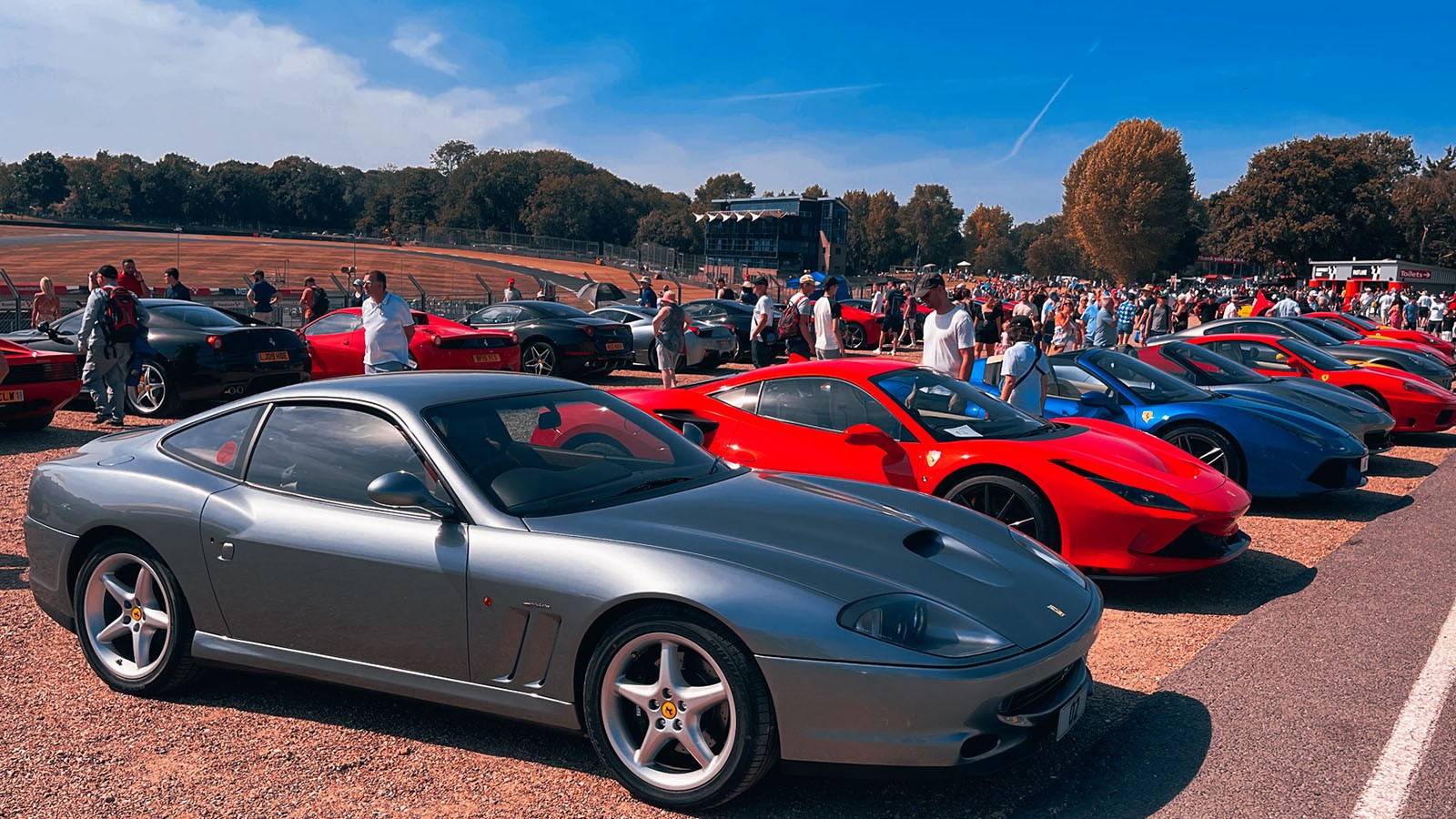 © Nathan Chadwick
© Nathan Chadwick -
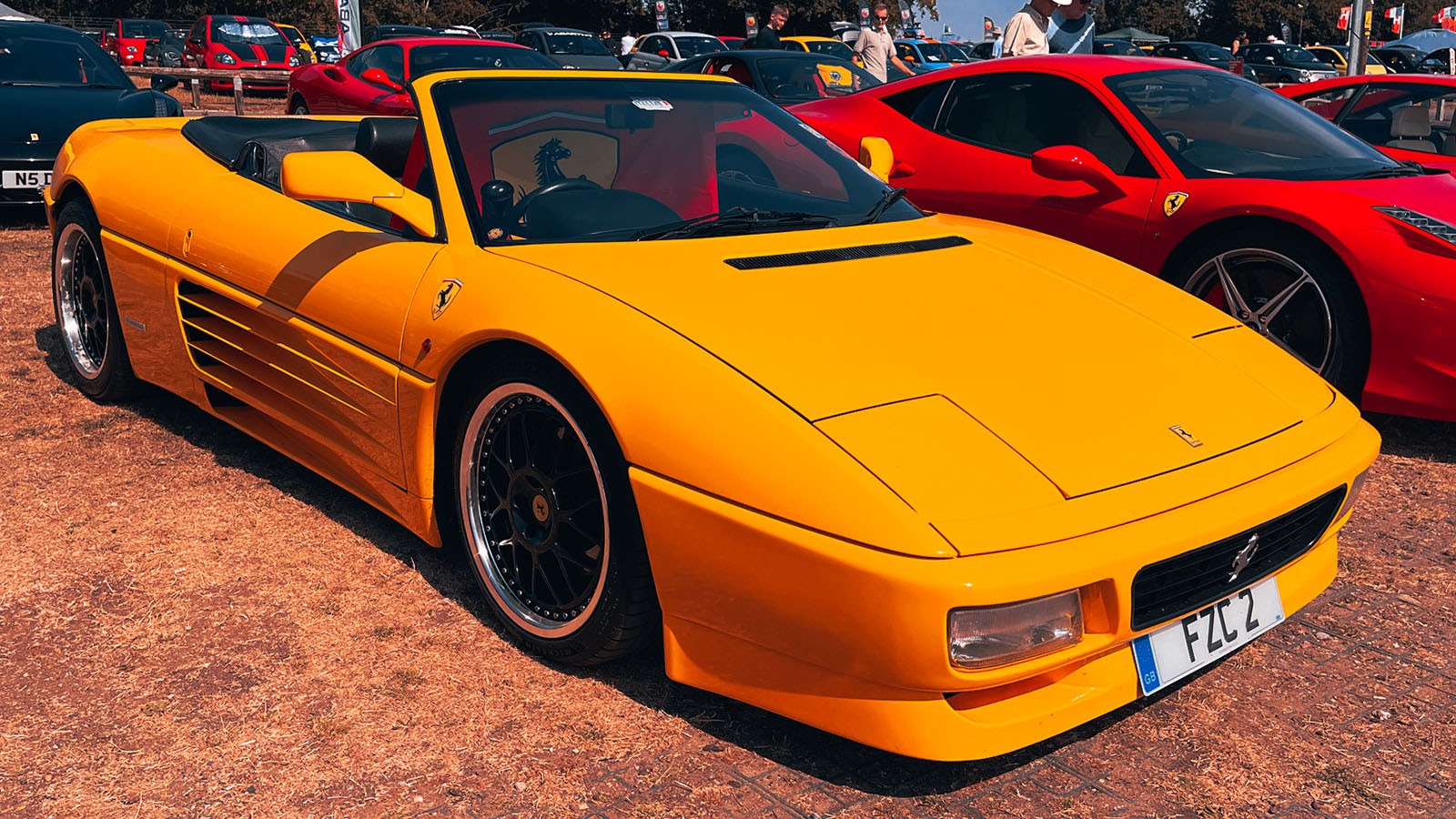 © Nathan Chadwick
© Nathan Chadwick -
 © Nathan Chadwick
© Nathan Chadwick -
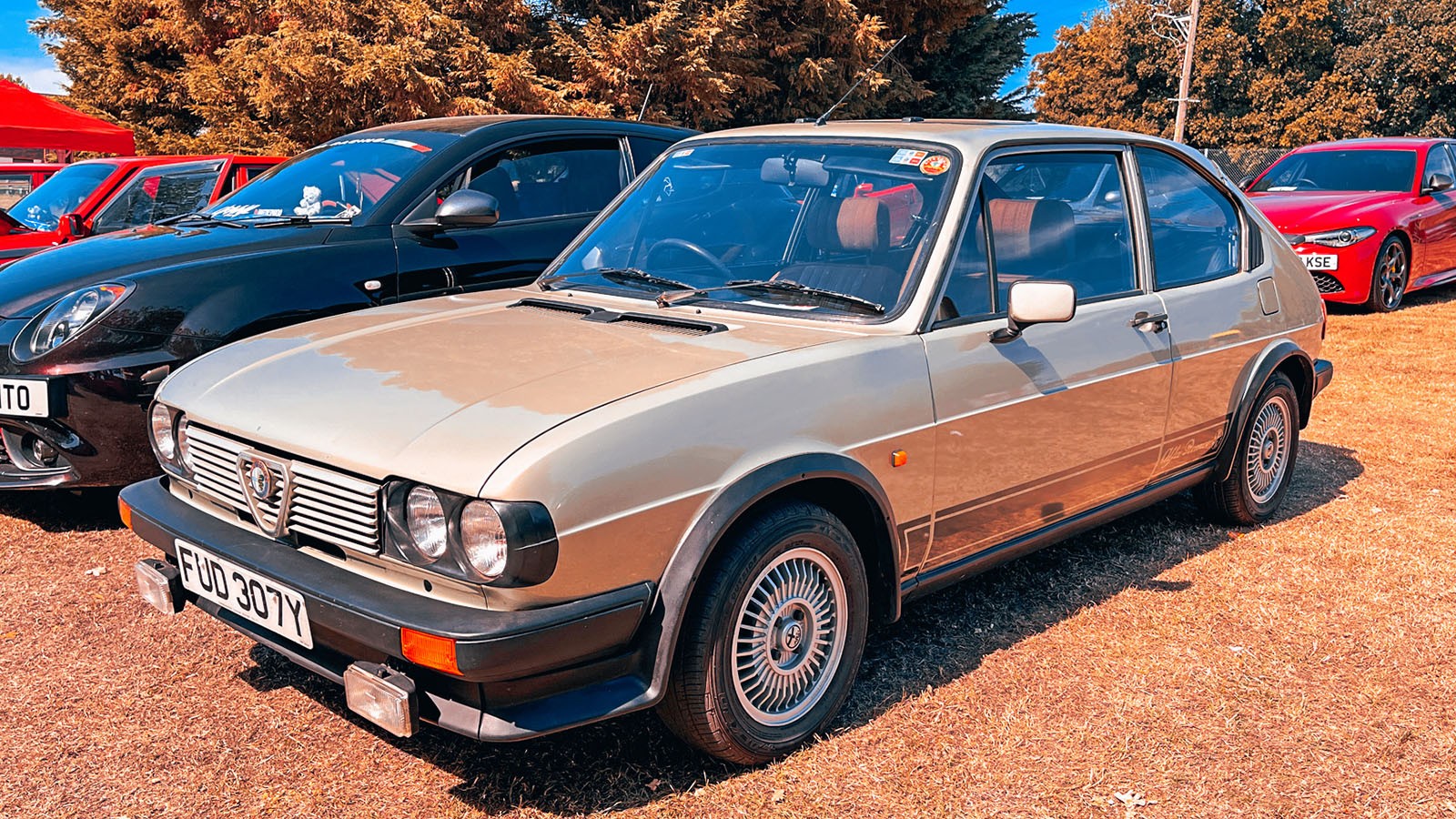 © Nathan Chadwick
© Nathan Chadwick -
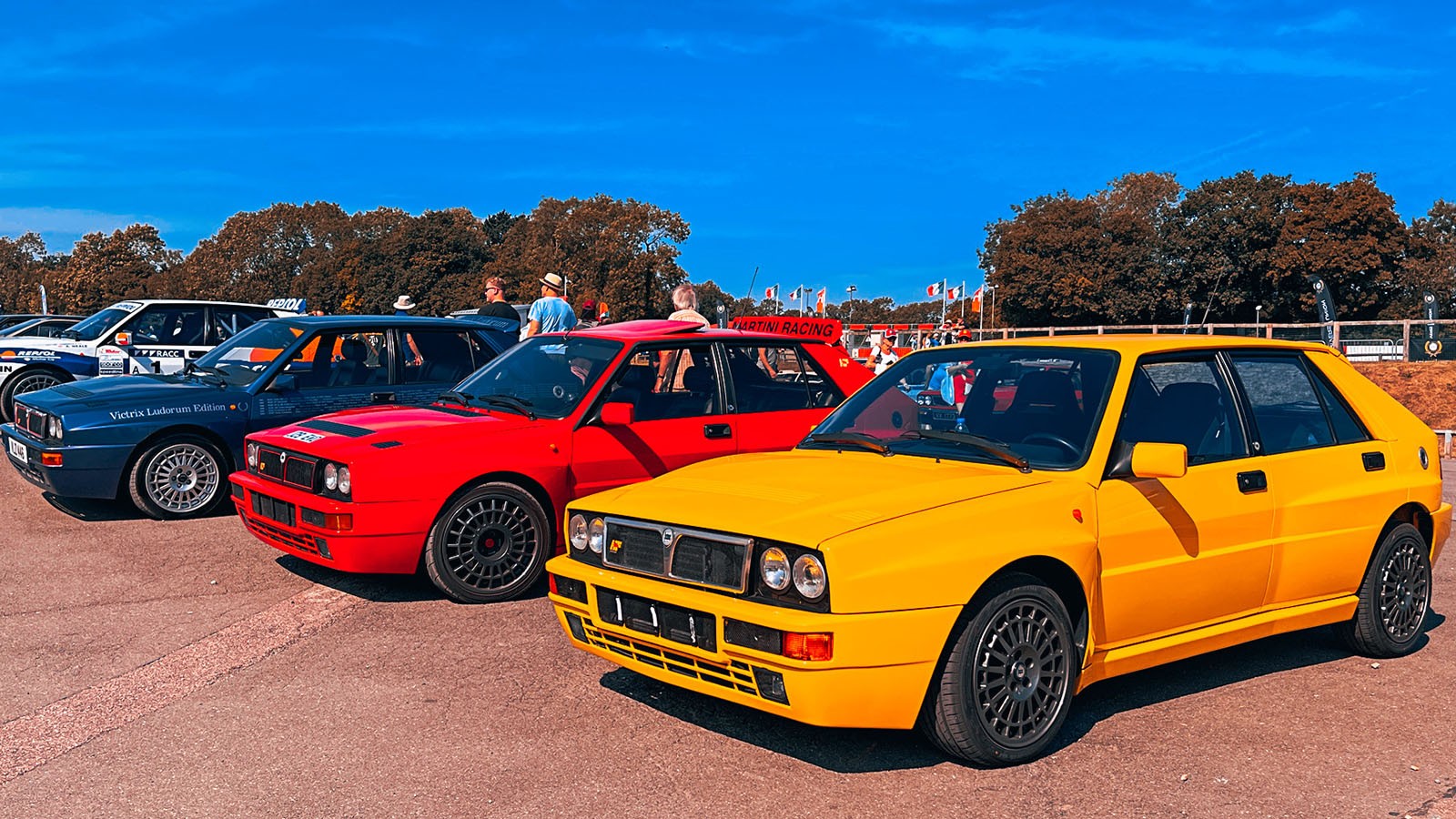 © Nathan Chadwick
© Nathan Chadwick -
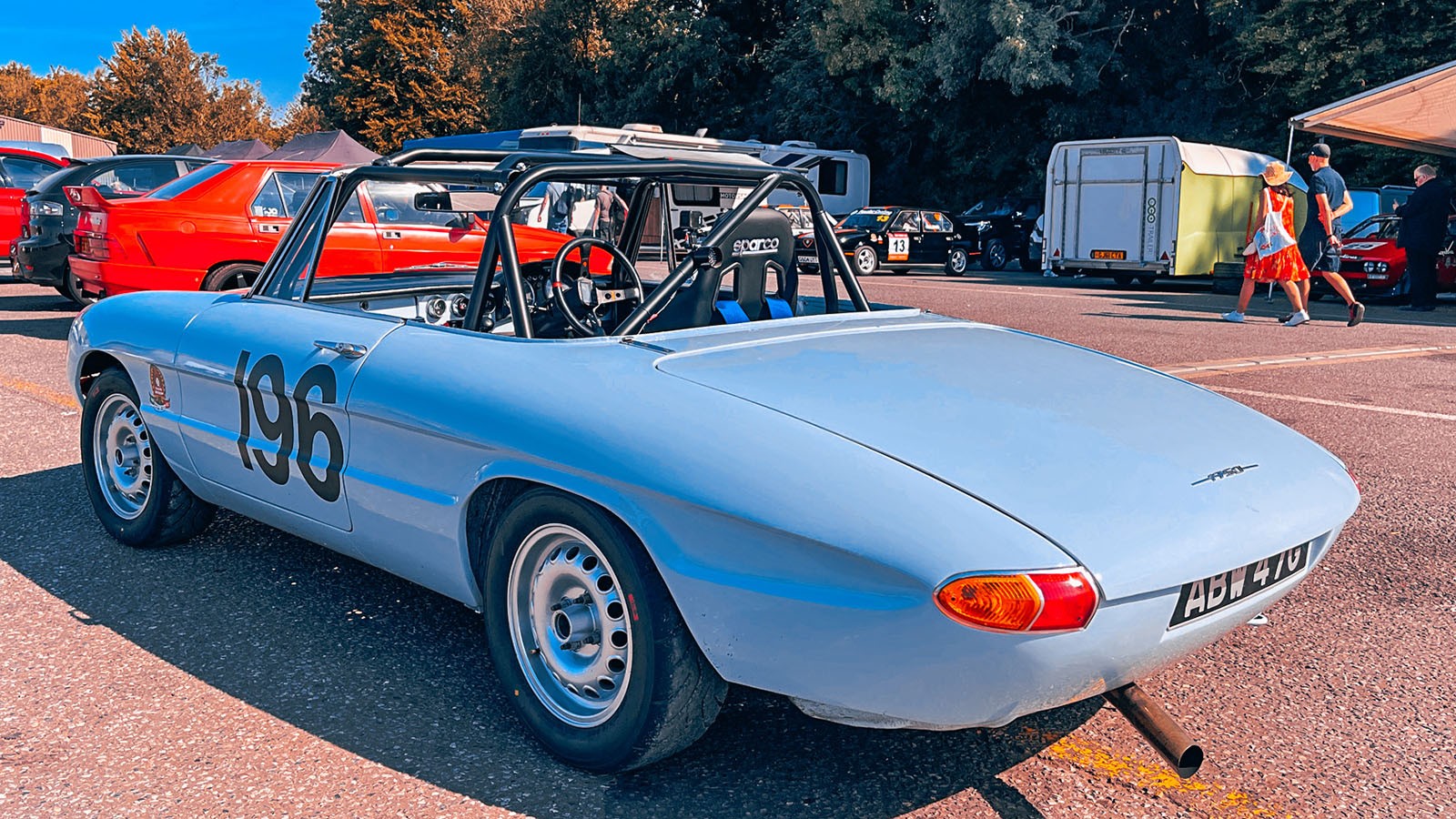 © Nathan Chadwick
© Nathan Chadwick -
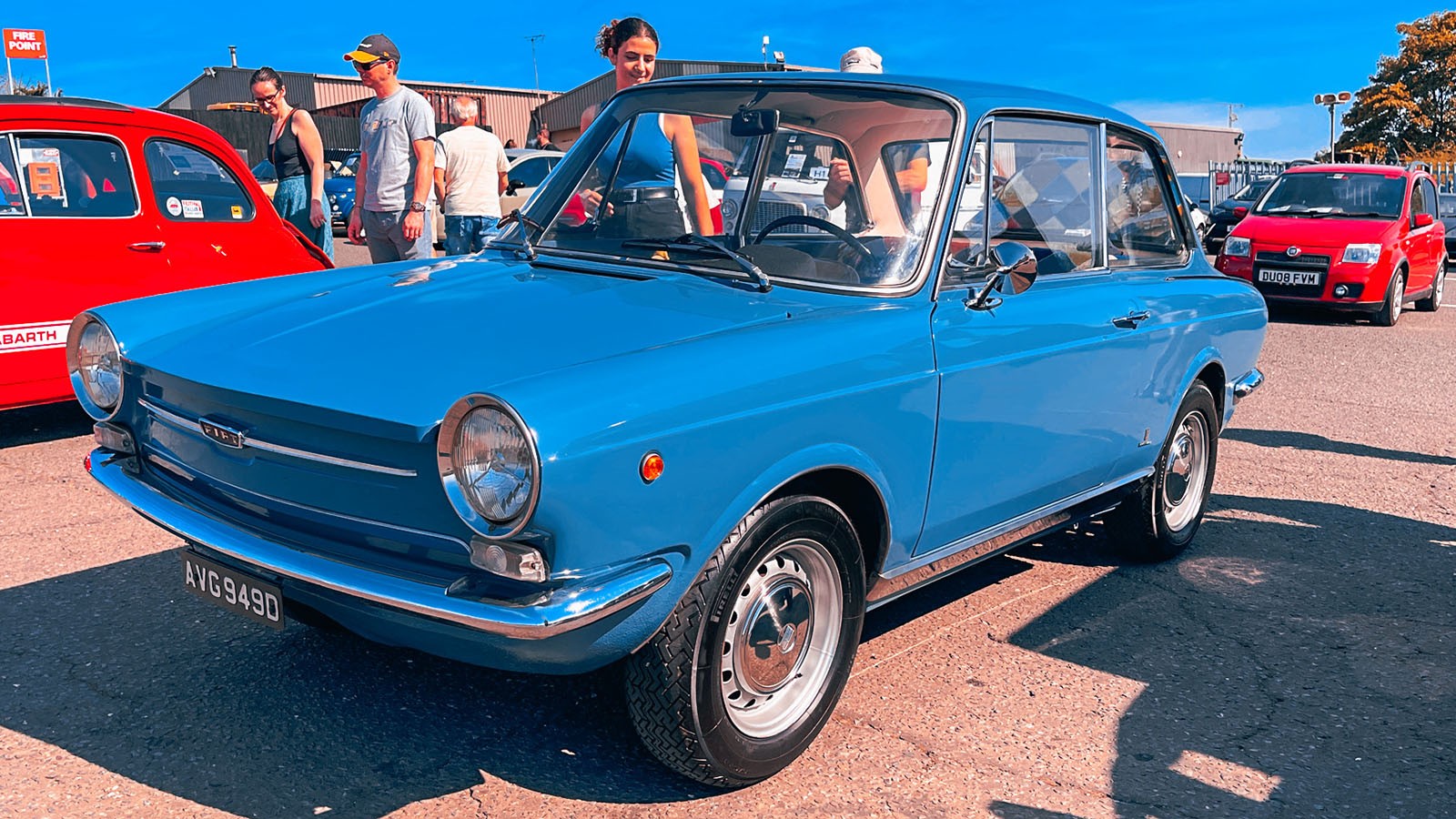 © Nathan Chadwick
© Nathan Chadwick -
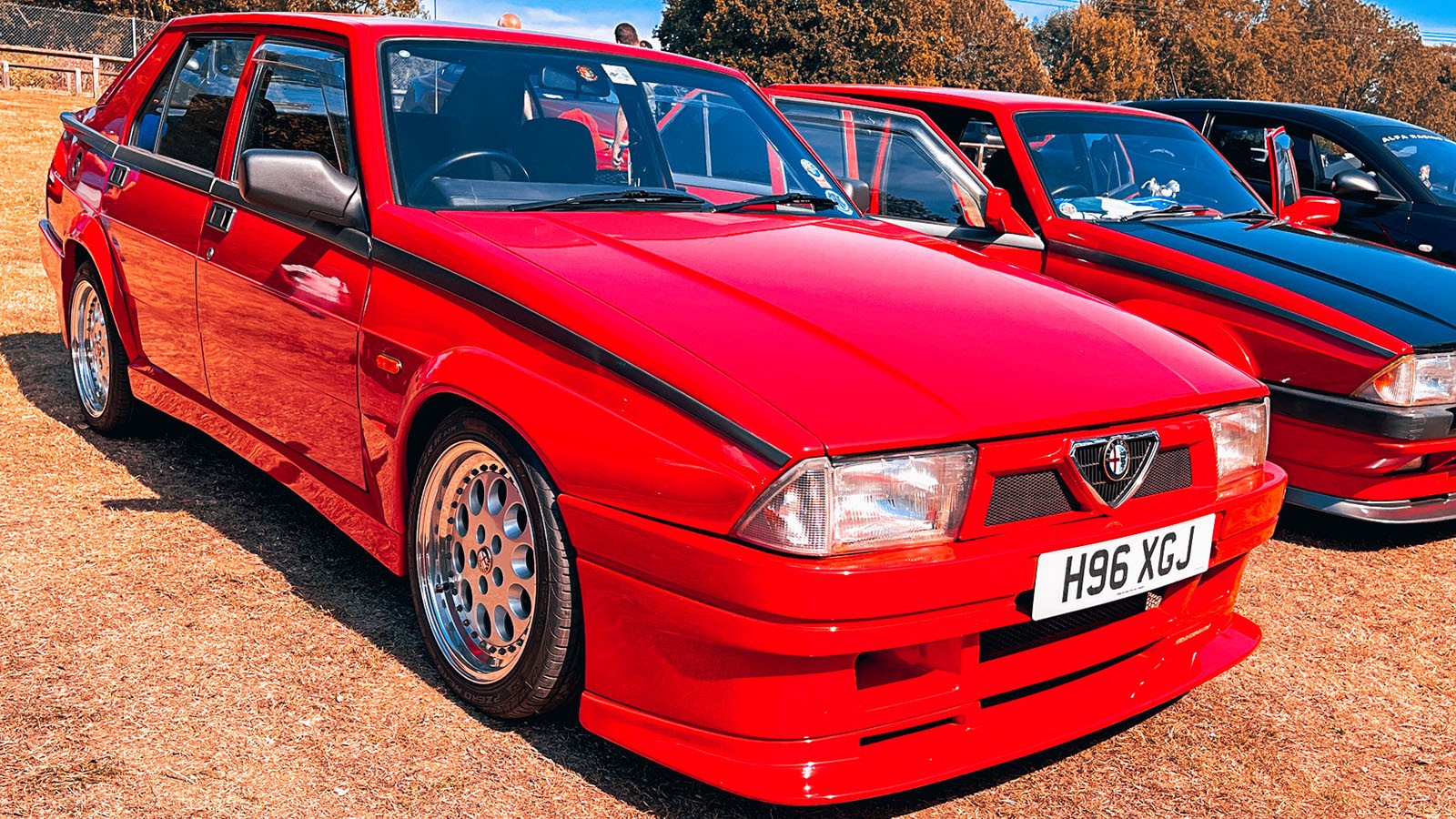 © Nathan Chadwick
© Nathan Chadwick -
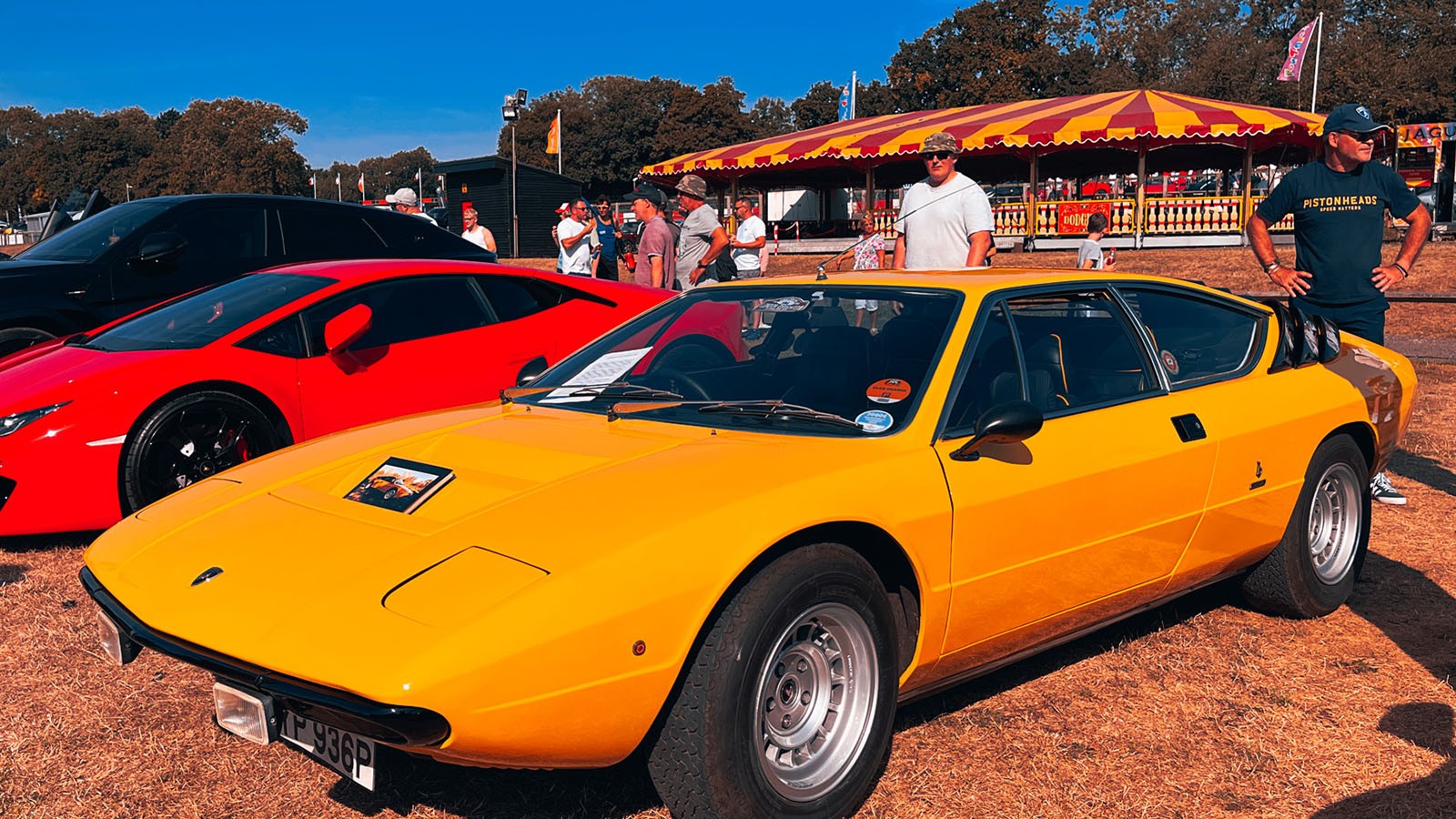 © Nathan Chadwick
© Nathan Chadwick -
 © Nathan Chadwick
© Nathan Chadwick -
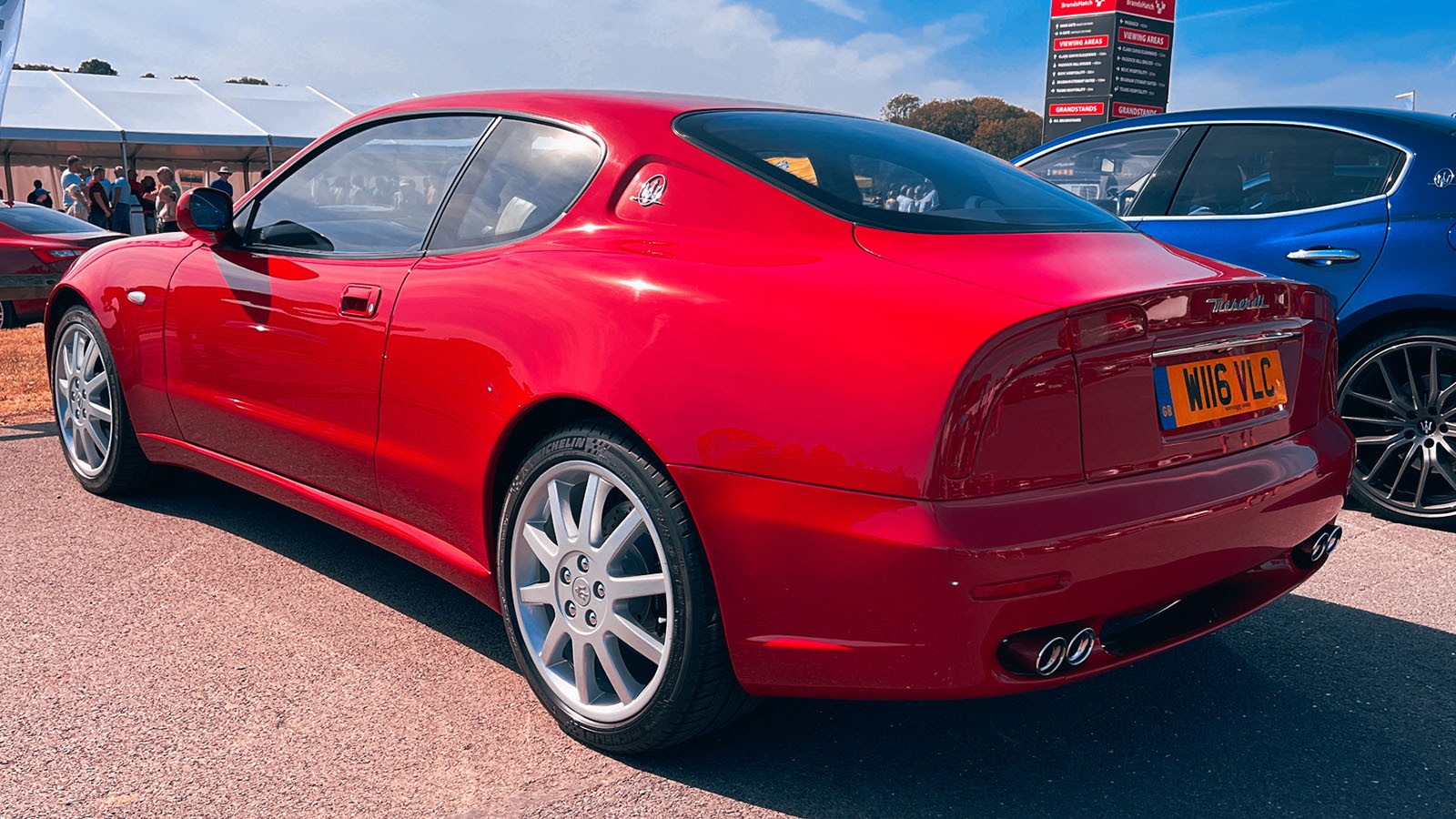 © Nathan Chadwick
© Nathan Chadwick -
 © Nathan Chadwick
© Nathan Chadwick -
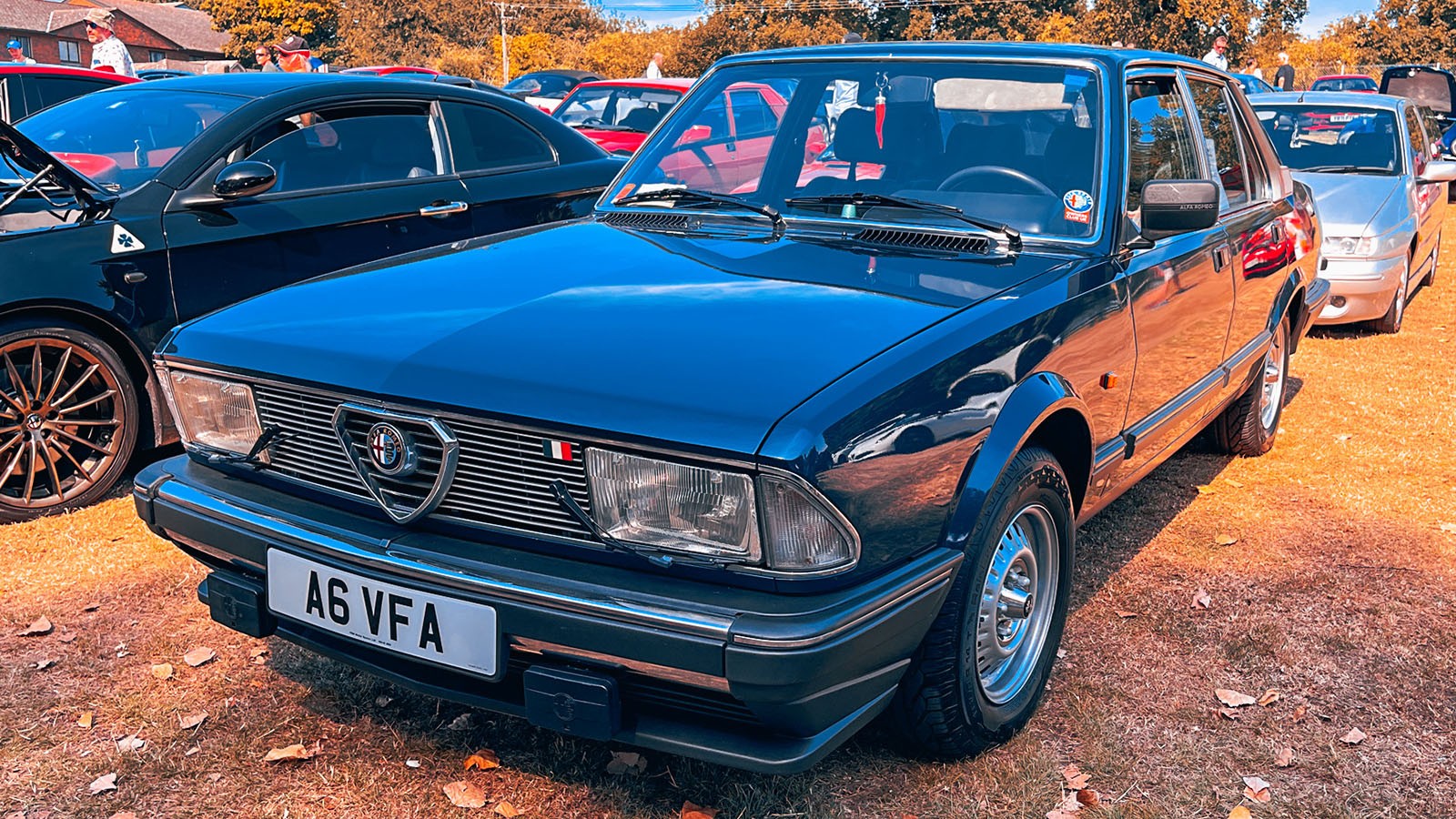 © Nathan Chadwick
© Nathan Chadwick -
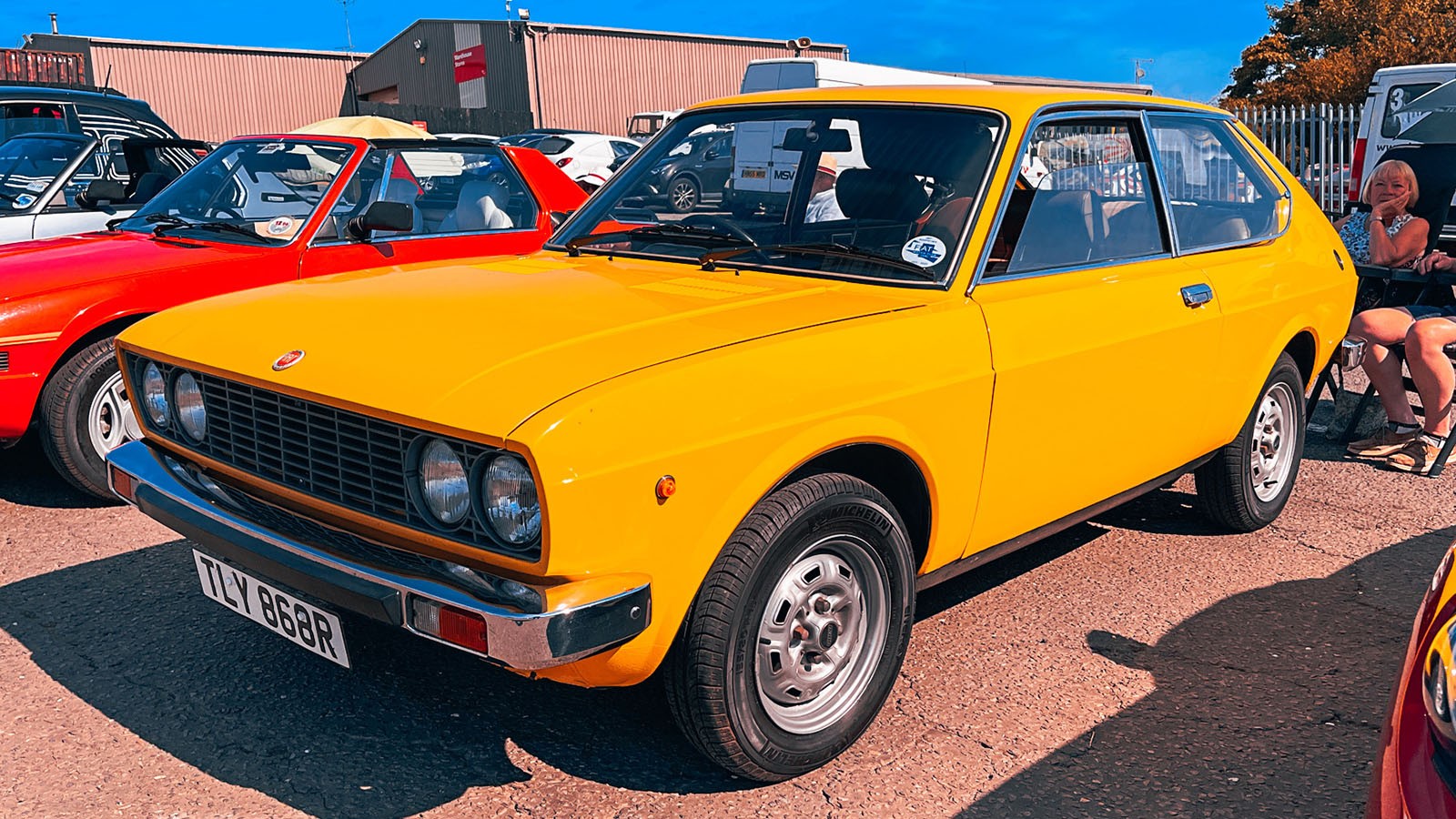 © Nathan Chadwick
© Nathan Chadwick -
 © Nathan Chadwick
© Nathan Chadwick -
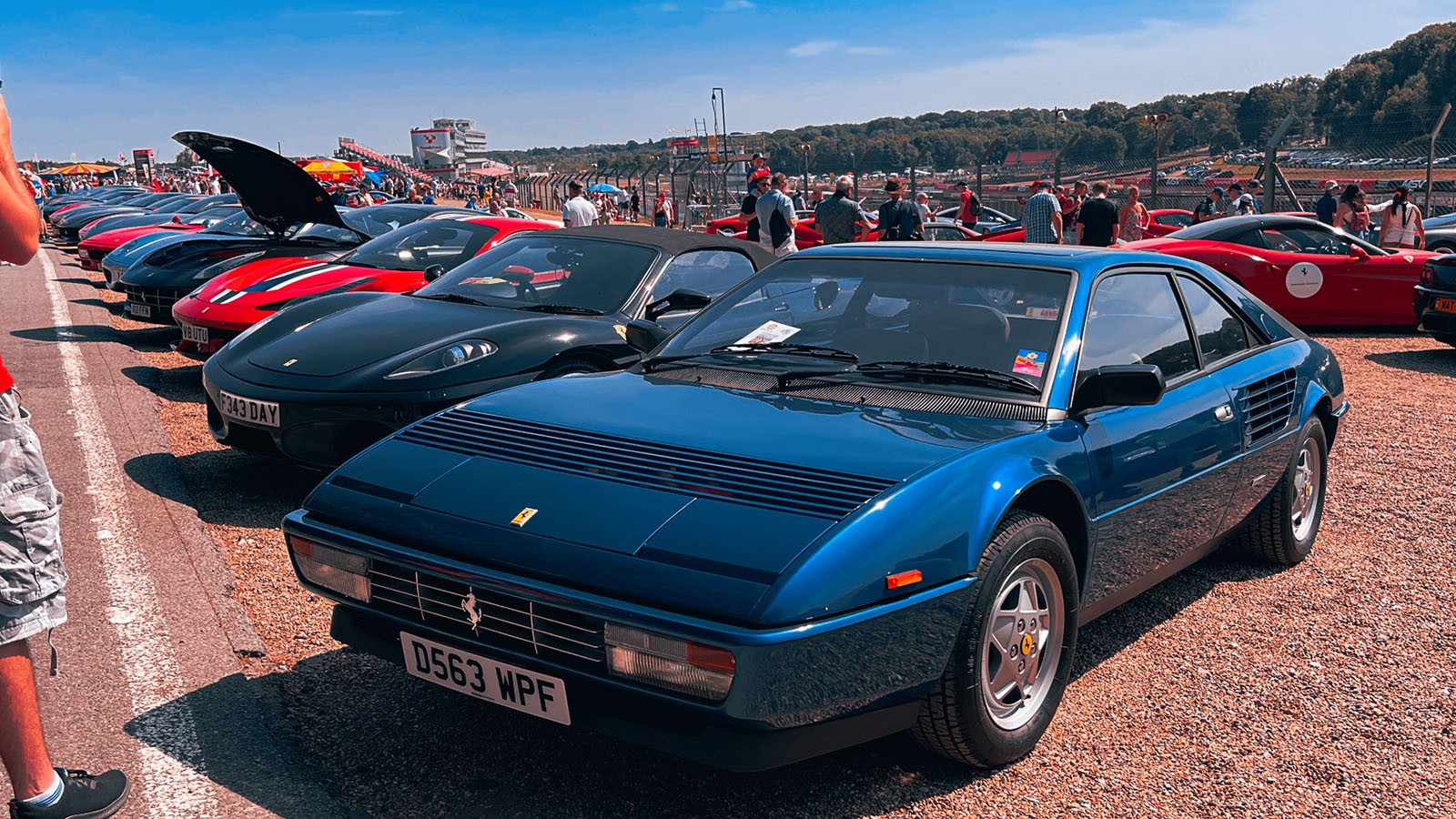 © Nathan Chadwick
© Nathan Chadwick -
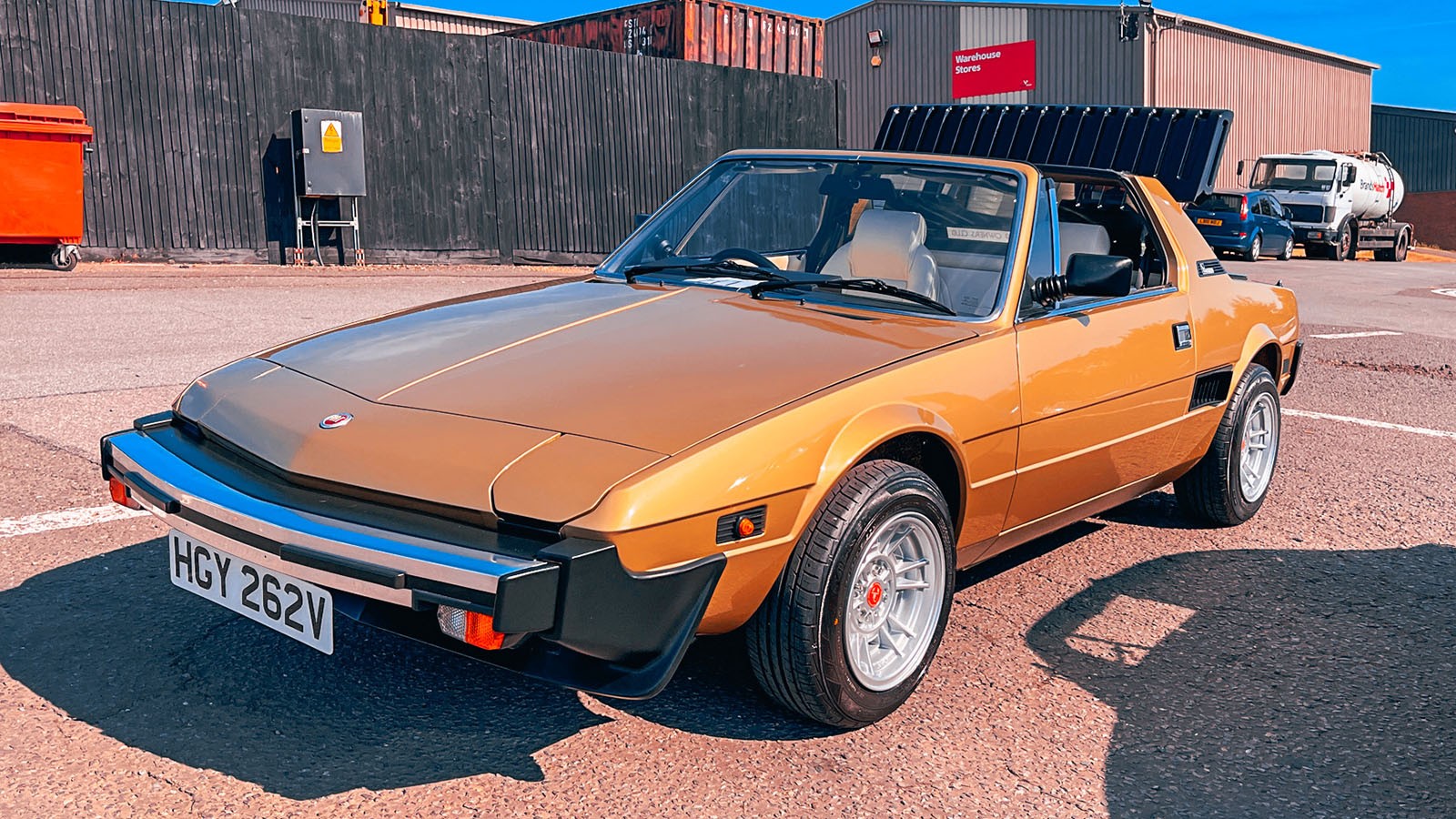 © Nathan Chadwick
© Nathan Chadwick -
 © Nathan Chadwick
© Nathan Chadwick -
 © Nathan Chadwick
© Nathan Chadwick -
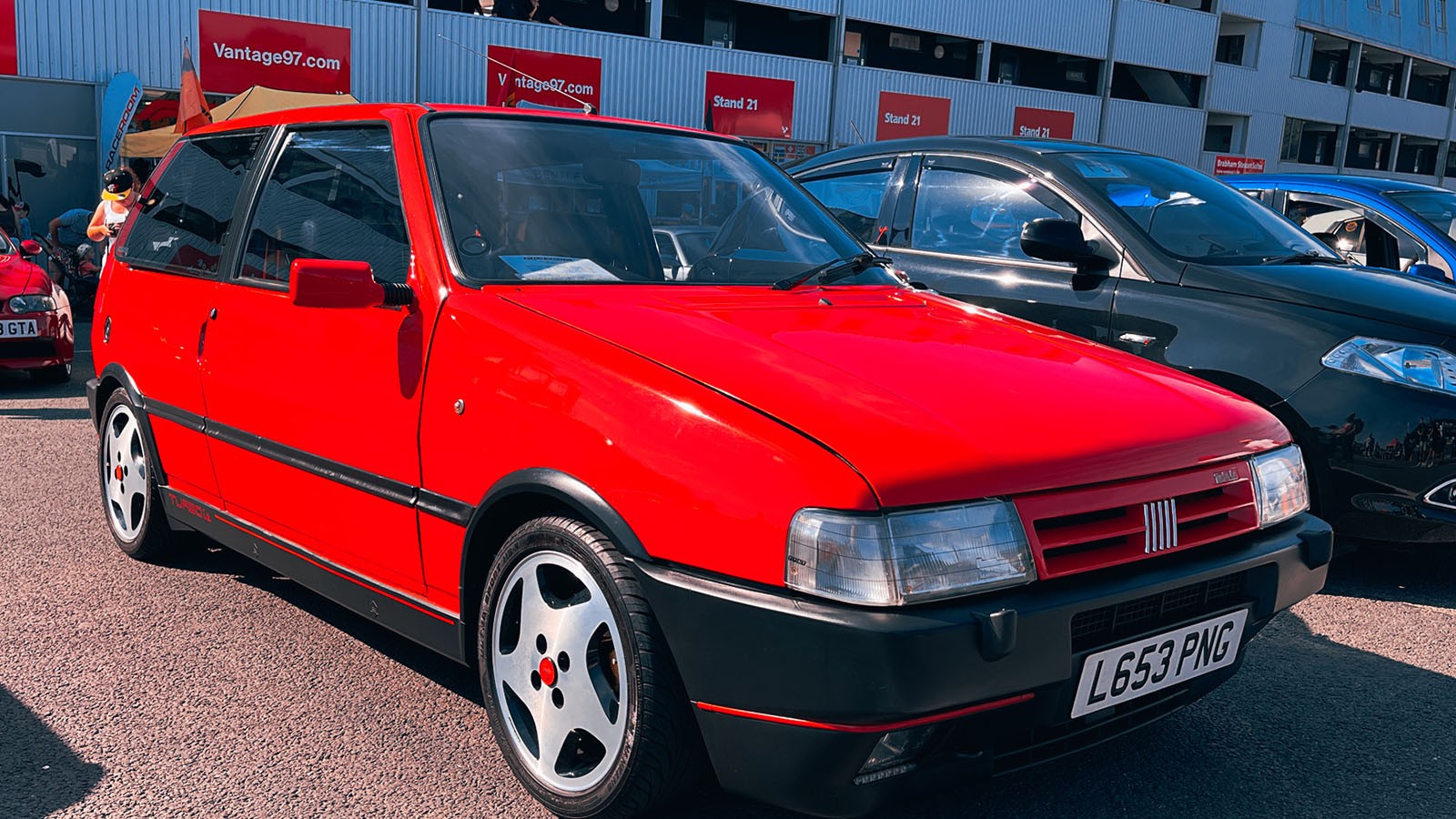 © Nathan Chadwick
© Nathan Chadwick -
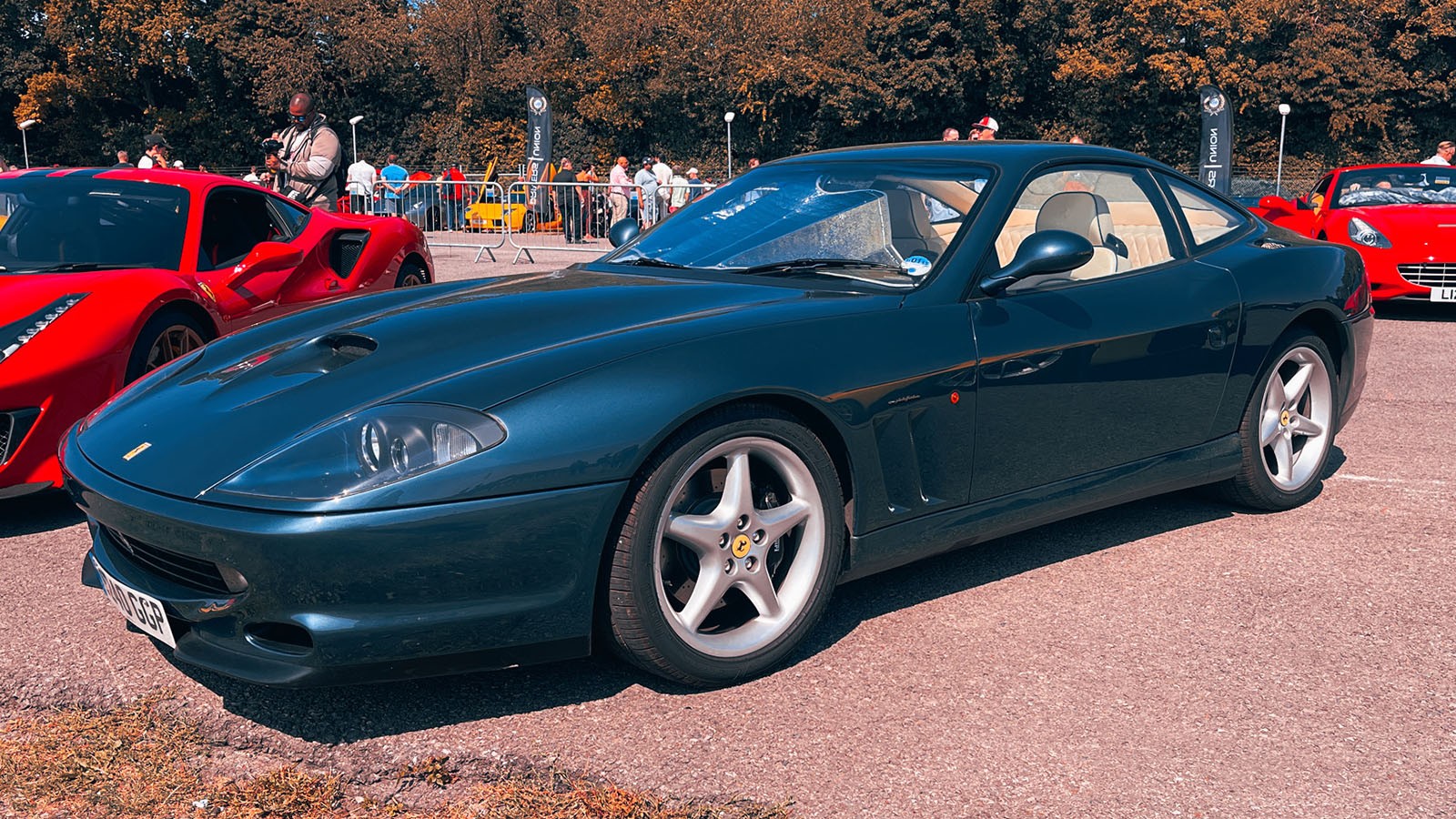 © Nathan Chadwick
© Nathan Chadwick -
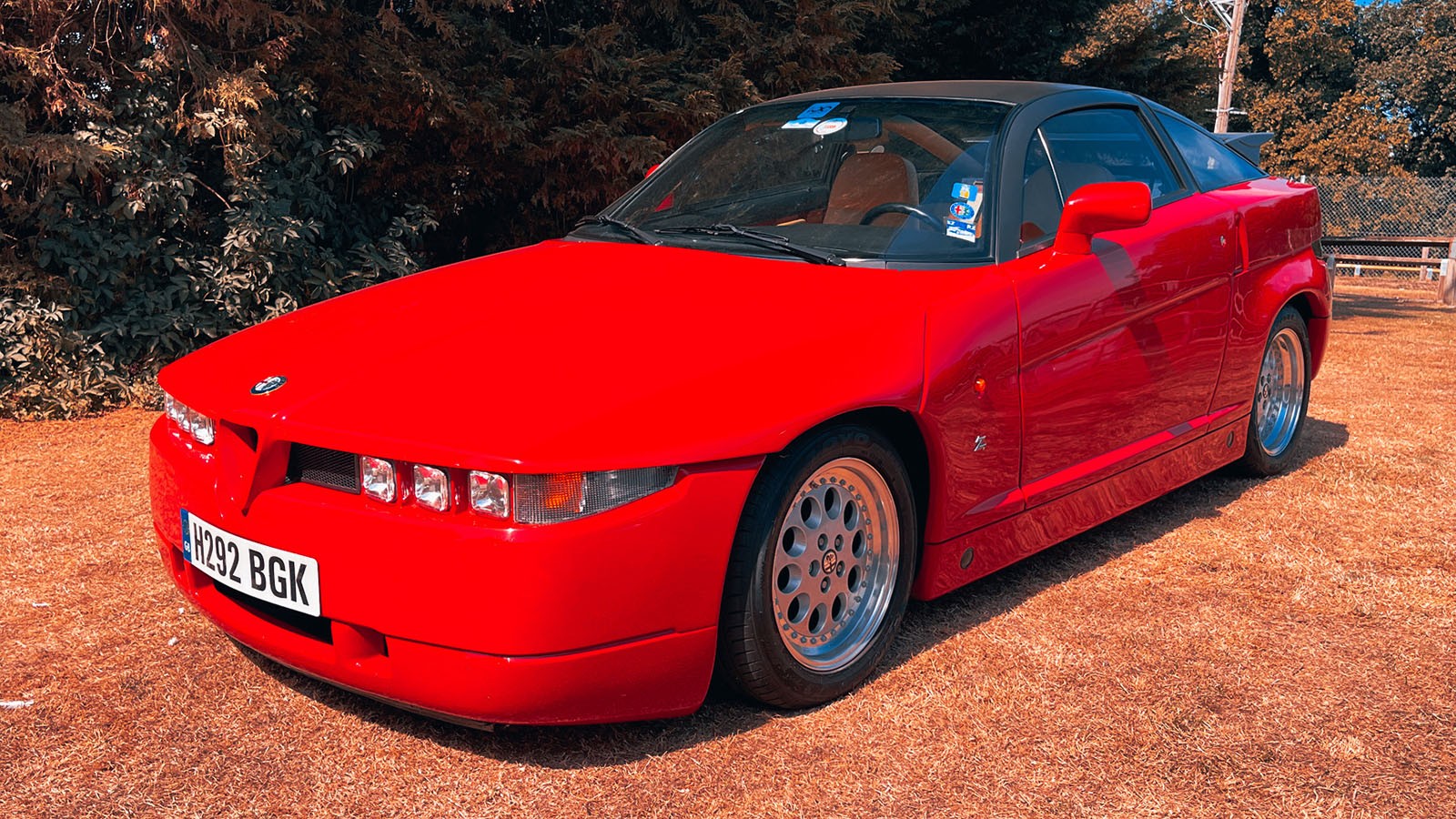 © Nathan Chadwick
© Nathan Chadwick -
 © Nathan Chadwick
© Nathan Chadwick -
 © Nathan Chadwick
© Nathan Chadwick -
 © Nathan Chadwick
© Nathan Chadwick -
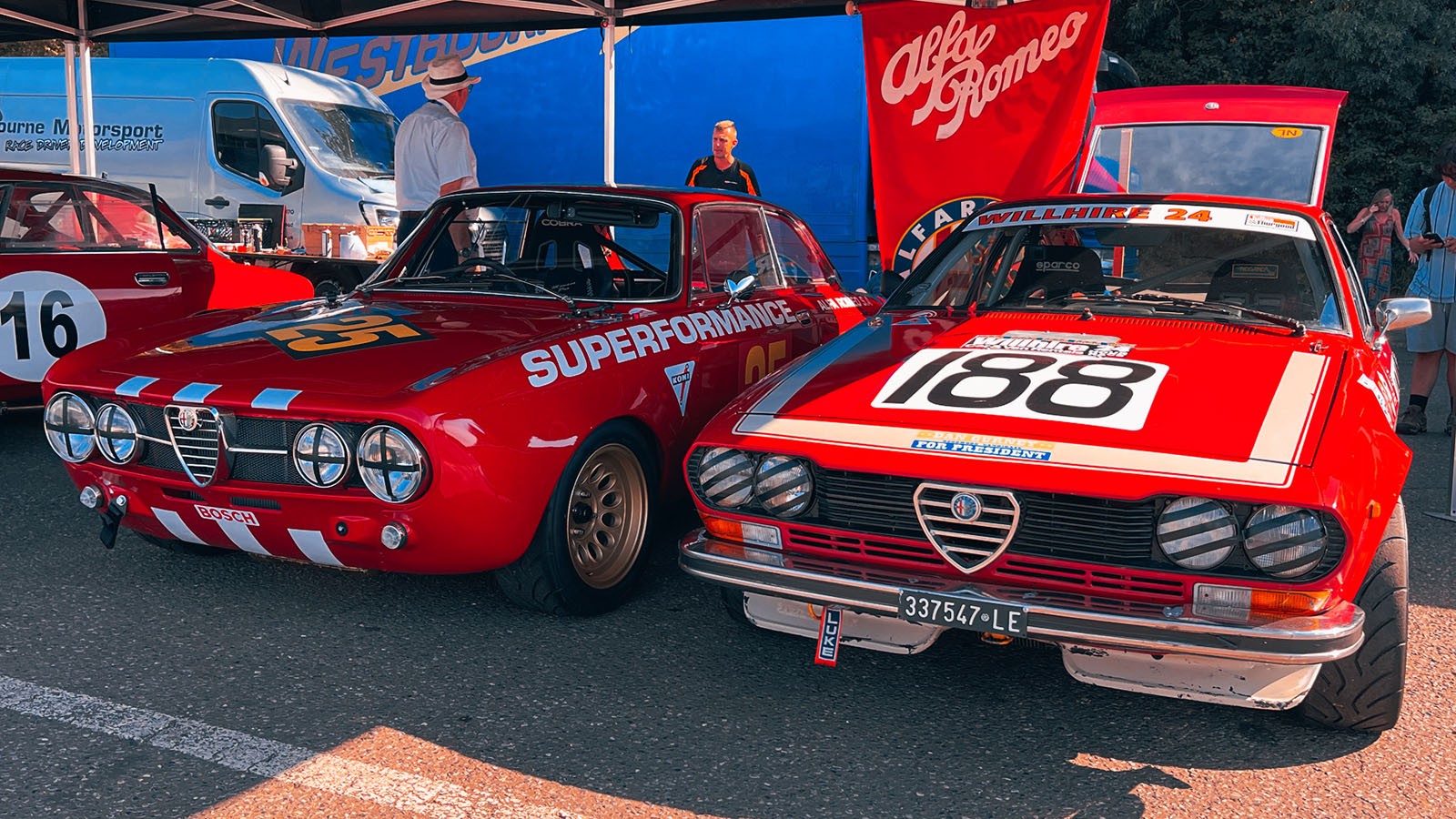 © Nathan Chadwick
© Nathan Chadwick -
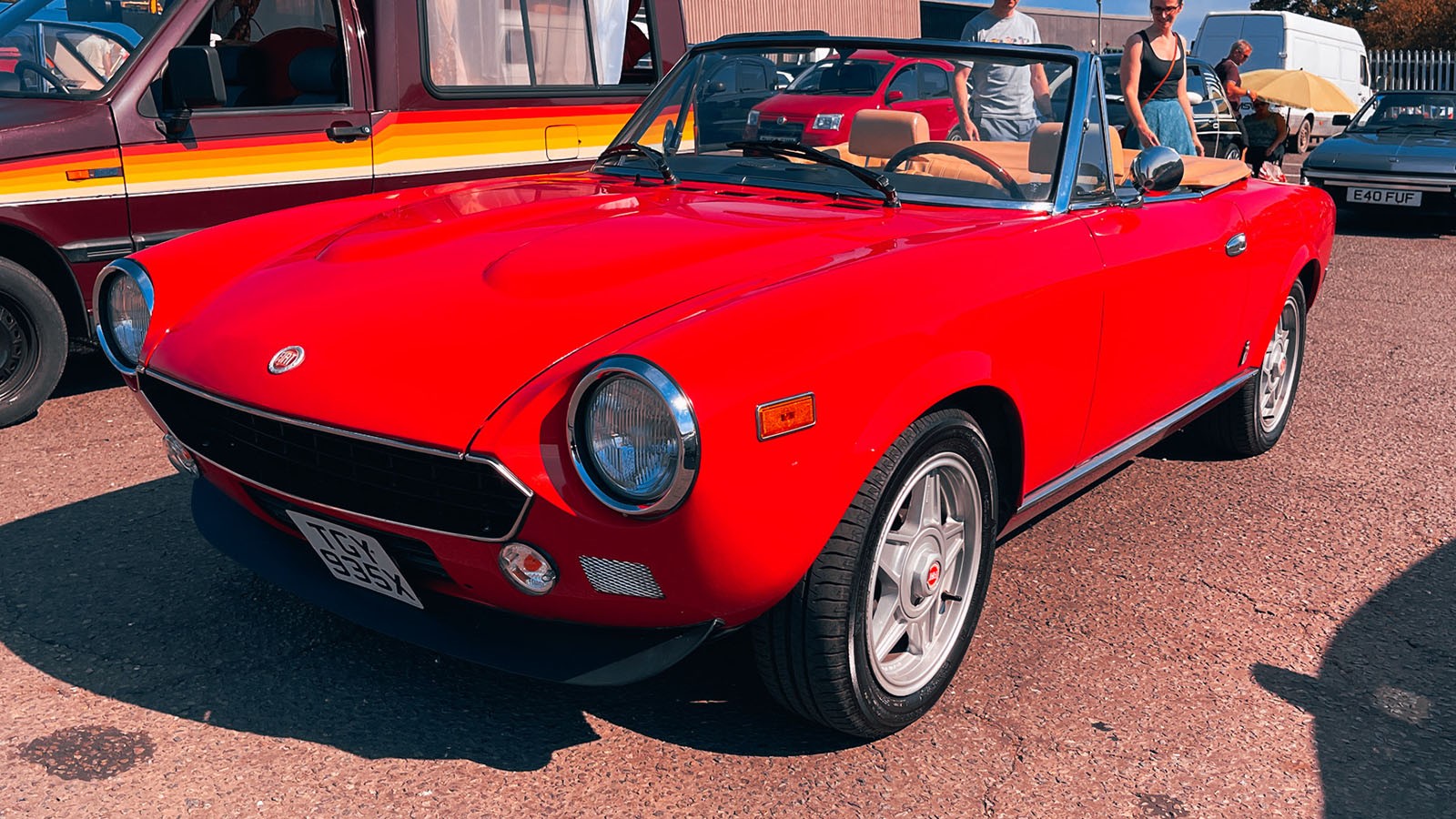 © Nathan Chadwick
© Nathan Chadwick -
 © Nathan Chadwick
© Nathan Chadwick
-
Sun-kissed Italian classics
Brands Hatch in Kent played host to its annual celebration of Italian motoring this weekend (Sunday 14 August 2022), as Festival Italia returned.
The on-track action saw Formula One car displays, Ferrari and Alfa Romeo racing and track parades, while the infield had plenty to take in.
Clubs representing Fiat, Alfa Romeo, Maserati, Lamborghini and more were in attendance, with a wide variety of cars from cheeky runabouts to full-blown hypercars soaking up the sun. Here are 27 of our favourites.
-
1. Ferrari 348 Spider
The 348 has held a difficult position in Ferrari history, despite its widespread acclaim when it made its debut at the September 1989 Frankfurt show.
Famously, Luca Di Montezemelo had some very rude things to say about the car from the position of an owner, when he was introduced to Ferrari’s staff as he took over in the early 1990s.
However, there’s been a rethink of the 348’s positives over the much more venerated F355 – the steering is unassisted, allowing for wonderful depth of feeling through the steering wheel, and it’s a much more raw experience than the F355. This one has the roof down, so all the better for savouring the 296bhp longitudinally mounted V8.
-
2. De Tomaso Pantera
European style, American thrust – it had been a potent combination for GT road cars and, for Ford, highly successful in motor racing with its GT40 programme.
Enter the Pantera. The brainchild of Alejandro De Tomaso, it placed a 5.8-litre Cleveland Ford V8 in a lightweight bodyshell to create one of the most stunning shapes of the 1970s.
Ford bought the US distribution rights from Alejandro De Tomaso, but soon warranty claims and build-quality issues saw Ford pull out of the deal after 5500 cars were sold.
The Pantera would live on until the early 1990s, with ever more extravagant bodywork.
-
3. Alfasud
The Alfasud should have been the Alfa Romeo to conquer the world, but production problems mean that it’s one of the great ‘what could have beens’.
Pretty Giorgetto Giugiaro styling covers a truly innovative engineering solution to small car design, which saw the use of a boxer engine configuration for a lower centre of gravity to aid handling, plus disc brakes front and rear, still a fairly rare thing on cars of its size.
While any mention of Alfasud usually results in mention of rust, as the model celebrates its 40th year, more cars are being restored and if you find one now, it’s likely to have been tended to dutifully by its owner and thus rot-free.
-
4. Lancia Delta Integrales
These Lancia Delta HF Integrale Evos stood imperiously in the Lancia section at Brands Hatch.
The Evo models are the road cars that garner the most interest from collectors (judging by the auction results), but it is the non-Evo models that did most of the winning on the World Rally Championship stage, building the mystique of the Delta.
However, the wide arches and ultra-aggressive looks of the Evo models can’t help but charm and they are the most popular, with between 197bhp and 212bhp from their 2.0-litre four-cylinder Aurelio-Lampredi-tuned twin-cam engines.
-
5. Alfa Romeo Spyder
The HRDC (Historic Racing Drivers Club) Classic Alfa Challenge has four classes of racing for Alfa Romeos built until 1990. This 1969 1750 Spyder is campaigned by Antony Ross in the Nord class.
Though this class is for cars built to a production specification, a certain amount of tuning is allowed in chassis set-up, which leads to very close racing.
-
6. Fiat 850 Vignale
The 850 was Fiat’s replacement for the 600 and though it was at its heart a family car, it didn’t stop Italy’s coachbuilders getting to grips with the base materials.
You could buy one in saloon, coupé, spider and van forms, while the inline four-cylinder engine sizes ranged from 817cc to 903cc.
Vignale is perhaps better known for its exotica, but for the 850 it designed a new body for select customers, that blended a subtly exclusive look and borrowed from the coupé and the saloon. The interior was also upgraded with extra luxury finishes.
-
7. Alfa Romeo 75 Cloverleaf
The 75 – or the Milano if you’re reading this in the USA – was the last car developed before Alfa Romeo was taken over by Fiat, and the last rear-wheel-drive saloon model until the new Giulia appeared a few years ago.
Though the looks aren’t for everyone, the car’s developed a cult following, because not only has its aggressive styling come into fashion, but the balanced chassis and exciting four- and six-cylinder engines imbue the car with big personality.
-
8. Lamborghini Urraco P250S
The Lamborghini Urraco sought to widen the brand’s appeal with a junior supercar – the result was a Bertone-styled wedge that packed a 2.5-litre 220bhp V8. That was enough to hit 60mph in 7 secs.
Later models upped the swept capacity to 3.0 litres and power to 250bhp, though there was also a 2.0-litre tax-break model.
This particular car is one of 40 right-hand-drive P250S models to make it to the UK; the ‘S’ designation means the car has a leather interior and air conditioning.
-
9. Fiat Strada 105 TC
Called the Fiat Ritmo everywhere other than the UK, US and Canada, the Strada offered quirky styling from Sergio Sartorelli and a range of zesty engines.
The advertising campaign for the car was memorable, too. The slogan ‘Handbuilt by Robots’ was indelibly linked to a video of Strada bodyshells being put together while Rossini’s The Barber of Seville played in the background.
The 105 TC was the first sports Strada, and offered 104bhp from its 131 and 132-derived 1.6-litre four-cylinder engine, and its neat black-and-silver Speedline alloy wheels were fitted as standard to UK cars.
-
10. Maserati 3200GT
Maserati turned to Giorgetto Giugiaro to revitalise its image going into the 2000s. The new car eschewed the square-cut styling that had dominated Maserati’s product range for nearly two decades for a swoopy, curvy form that blended forward-thinking with deft nods to the marque’s heritage.
The engine, however, was carried on from the thunderous Shamal and Quattroporte IV – a twin-turbocharged 3.2-litre V8, it produced 370bhp.
Well, according to the factory. Independent testing reveals it had significantly more, but Ferrari was concerned it might have robbed sales from its 456…
-
11. Ferrari Testarossa
The Ferrari Testarossa very nearly didn’t have its signature side strakes. Designed to cool the enormous 180-degree V12 sat behind the engine, but without piping hot air through the car – something its 512BB predecessor struggled with – the strakes were successful. However, Ferrari engineers feared US legislators wouldn’t sign it off for production.
They needn’t have worried and it ended up being an iconic part of the car, and something that came to define the Testarossa. It spawned many imitations, but none have the power of the Testarossa.
-
12. Alfa Romeo 6
The Alfa Romeo 6 has had a rough ride from motoring journalists in the past – other than the car being the first usage of the Giuseppe Busso-designed V6, it’s been deemed as ‘bad’.
However, as time has gone on, its origami looks have come into fashion, the engine has become ever-more desirable and the mixture of naturally aspirated power, manual gearbox and rear-wheel drive seems rather tasty.
This particular example is the only one of its kind in the UK – five-speed ZF dogleg gearbox, rear limited-slip differential, disc brakes front and rear, and loaded with extras such as power steering, central locking, air conditioning, electric seats and electric windows. Its 2.0-litre V6, fed by six carbs, produces 135bhp.
-
13. Fiat 128 3P
The Fiat 128 was an innovative car. Thanks to its front-engined, front-wheel-drive layout, it allowed for stable handling and superior interior room. It pioneered the way small cars would be produced from the 1970s onwards, and sold in its millions.
This is a 3P, designed as an in-house rival for the X1/9 as a sporting coupé in a three-door hatchback style – Fiat had to pay Bertone a royalty on every X1/9 sold.
Two engines were available, a 1100cc with 63bhp and a 1300cc with 74bhp.
-
14. Lancia Beta Coupé
Lancia’s Beta range was expansive – the Berlina five-door fastback, the Trevi four-door saloon, the Pininfarina-designed but Zagato-built Spider, HPE three-door shooting brake and the mid-engined Montecarlo.
The Coupé, however, was one of the most alluring cars of its day, designed in-house by Aldo Castagno – more than 110,000 were sold.
Power came from 1.3-, 1.6-, 1.8- and 2.0-litre engines, but the highlight of the range was the supercharged 2.0-litre VX unit that produced a heady 135bhp.
-
15. Ferrari Mondial
Ferrari Mondials were out in force at Brands Hatch, with almost every member of the breed represented.
The Mondial might be sneered at by some enthusiasts but, much like the 924 and 944 at Porsche, the large production run helped keep the finances somewhere near positive during the ’80s.
This particular example is a 3.2, which was built between 1986 and 1988, and one of 987 coupés built. Its 3.2-litre V8 is good for 260bhp, which means a 0-60mph time of 6.3 secs.
-
16. Fiat X1/9
When the X1/9 appeared in the early 1970s, it brought rakish supercar looks to the high street – but it was more than just a scintillating shape.
Its Marcello Gandini-penned body sits atop Fiat 128 or Ritmo mechanicals, and weighs between 880kg and 920kg.
That whisper-light physique, mid-engined layout and rear-wheel drive gave the car miniature supercar handling, and production lasted for 17 years between Fiat and Bertone.
-
17. Alfa Romeo Alfasud Sprint
The original Alfasud Sprint brought Giorgetto Giugiaro good looks to the nimble-handling chassis of the Alfasud. In 1983 the car was refreshed with new trim, and the Alfasud part of the name was dropped as the platform was later upgraded to 33 specification.
This car is a Sprint 1.7 Cloverleaf, a glorious run-out version of the model introduced in 1987 that saw a larger capacity, 116bhp, upgraded brakes and a 0-60mph time of a touch over 9 secs.
-
18. Lancia Delta HF Turbo
The Lancia Delta might be most famous four its four-wheel-drive versions, but the two-wheel-drive HF Turbo is a forgotten hot hatch gem from the mid-1980s.
Its 1.6-litre engine was good for between 128bhp and 138bhp, which meant a 0-60mph sprint of around 9 secs and a top speed of between 126mph and 129mph.
-
19. Fiat Uno Turbo
The Fiat Uno Turbo followed a similar route to hot hatch hilarity – take an engine from a bigger member of the range, and stuff it into one of the smallest models.
In this case, a Ritmo/128-derived four-cylinder with an IHI turbocharger was nestled into the engine bay, with 104bhp of boosty fun in a car that weighed 750kg.
This particular car is a Mk2, which was introduced in 1989. The engine was pumped up to 1.4 via a Fiat Tipo-derived engine and fed by a Garrett T2 turbo. This 1992 example was treated to a full restoration in 2012.
-
20. Ferrari 550 Maranello
The Ferrari 550 Maranello was a return to the two-seater hyper-GT silhouette of such Maranello masterpieces as the 365GTB/4 Daytona and 275GTB.
Though it was criticised for its styling when new, it’s a shape that’s matured into refined elegance, especially when compared to the more aggressive modern equivalents.
The engine and gearbox combination is deeply alluring. Not only do you get a six-speed manual gearbox with an open-gate metal shifter for that iconic clack-clack sound, but the naturally aspirated V12 delivers a baritone growl that you’ll feel in your bones for days afterwards.
-
21. Alfa Romeo SZ
The Alfa Romeo SZ has divided opinions over its looks for decades – from the second it was revealed, it’s been a car you either love or hate.
However, there’s more to the model than the aesthetics. Under the skin lies the celebrated Busso V6 in an Alfa 75-derived rear-wheel-drive chassis.
That’s underselling the chassis. It’s pretty much a Tarmac rally-car set-up, honed by the likes of Miki Biasion and others on the Giro d'Italia in a 75 IMSA.
This development work means that the SZ can pull 1.5g in the corners – astounding for a two-wheel-drive car in 1989.
-
22. Ferrari 308GTS
The Ferrari that launched a thousand dreams – but not in the traditional red, as you can see here.
The 308’s Leandro Fioravanti-penned shape would inform Ferrari styling language into the late 1990s, and was immensely popular in its day.
Power comes from a 252bhp 3.0-litre V8, which in a 1300kg body was good enough for a top speed of 155mph.
-
23. Fiat Sport 850
This 850 is another of the many permutations on this ever-adaptable chassis. The Coupé’s Sport model offered racier seats and steering wheel, plus a round speedometer and redesigned dashboard.
In its later life the Sport received an upgraded engine with 903cc and 52bhp, while the headlight surrounds were modified for a more aggressive look, as you can see here.
-
24. Alfa Romeo GTV Cup
The 916 GTV was a big success for Alfa Romeo, even though its base design, from Enrico Fumia of Pininfarina, had been sitting on the shelf since the late 1980s prior to its 1994 launch.
A range of zesty engines and nimble, Lotus-benchmarked handling made it a class-leading coupé and convertible, even if it had ‘wrong-wheel drive’.
It spawned a one-make racing series and, to celebrate this, Alfa Romeo launched the GTV Cup edition. In the UK, this meant an unchanged 3.0-litre V6 but a bespoke bodykit and interior trim; just 155 were made for the British market.
-
25. Racing Cars
Alfa Romeo racing is diverse, as can be seen by this pair of battle-worn entrants ready for their next sortie. On the left is Micky Bolton’s 1977 Alfa Romeo Alfetta GT, which competes in the Nord class for production-specification racers in the HRDC Classic Alfa Challenge, while the car on the left is Ben Colburn’s 1969 Giulia GTAm, which runs in the Corsa class for full race-specification cars.
More modern Alfa racers took to the track in the Hitek Alfa Romeo Championship, with everything from 156s and 147s battling it out with extensively modified 75s, Giuliettas and Mitos.
-
26. Fiat 124 Spider 2000
The Fiat 124 Spider lived a very long life – and even when it looked like it was all over, Pininfarina kept it going for an extra three years.
It’s easy to see why. Its cute Tom Tjaarda-penned lines have evergreen appeal, while its extensive range of four-cylinder engines give engaging performance.
The 2000 model seen here, introduced in 1979, offers between 82bhp and 101bhp, and was designed by Aurelio Lampredi, a man with a significant place in Ferrari engine-building history.
-
27. Ferrari F355 Spider
We leave as we enter, with a bright yellow Ferrari drop-top. The F355 helped to revitalise Ferrari’s image in the mid-1990s, with a more easy-going nature and subtly refined, smoother styling than its 348 forebear.
Though it’s recently been criticised for its lack of steering feel thanks to its power assistance, the F355 is still a highly engaging car to drive.
It is usefully quick, too. Its 3.5-litre V8 pushes out 375bhp, meaning you can sprint to 6.2mph in 4.7 secs, and hit 100mph in little more than twice that.
